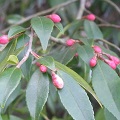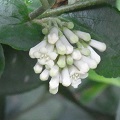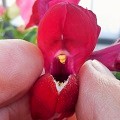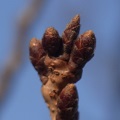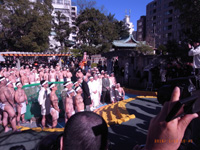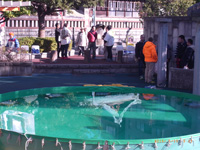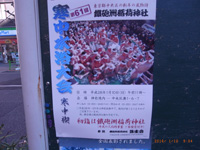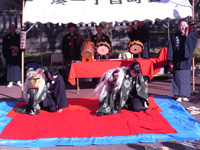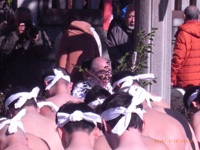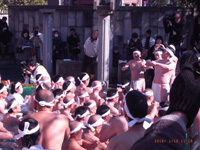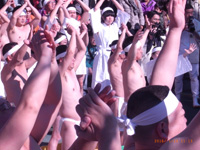For lunch, 3-4-chome Muromachi.
First of all, I realize that a large building has been demolished and there are a number of things under construction.
It is said that Chuo-dori, including the area around Nihonbashi on the south side, will be transformed toward 2020, but the townscape of downtown areas from the Edo period has been improved.
It will be the same. I am looking forward to the green space that can be built next to Fukutoku Shrine in the near future.
There is a gallery called "Sankei-dong" in Muromachi 4-chome. Drop in from time to time and taste the seasons.
I've got it.
There was a picture of Tatsuo Takayama, one of the Japanese painting Five Mountains, which was a quiet place in Western Europe.
Perhaps it's a rural landscape, an image landscape painting that looks like a tree like Van Gogh's thread cedar is protecting the house with a shyness.
"Sankei-dong" was a money exchange business in the Edo period, or has been running an art dealer at the present location since the Taisho era.
As an oasis in the city center, I would like to visit many times.
http://www.sankeido.co.jp/art/newworks/
And Muromachi 3-chome, here is also being rebuilt.
At the turn of the season in March, May, and December during the Edo period, it is also the site of the bustling Juken Store.
New knowledge
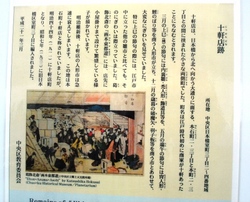
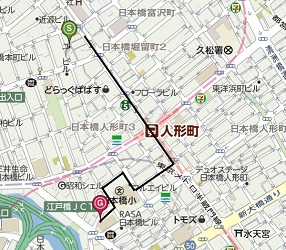
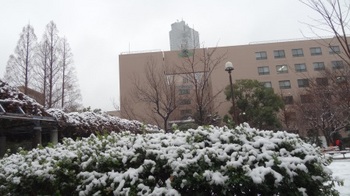
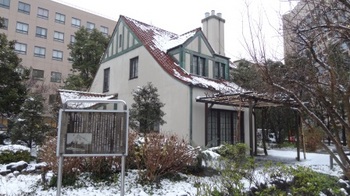
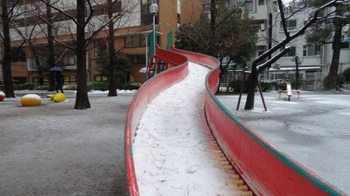
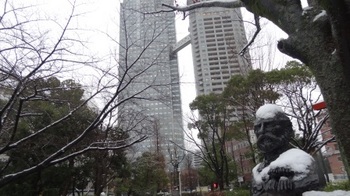
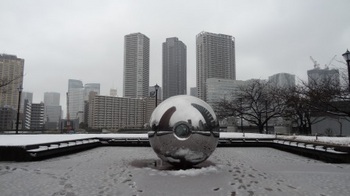
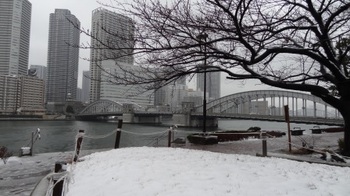
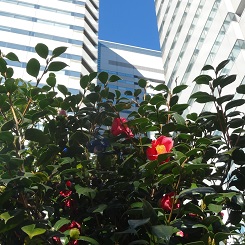
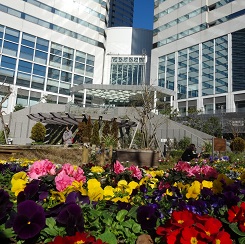
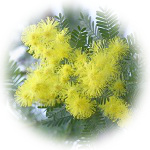 An annual mini-garden guided tour that takes a walk around the park with the guidance of a green adviser at the Pocket Plaza "Flowers, Water and Trees" in Harumi Triton Square.
An annual mini-garden guided tour that takes a walk around the park with the guidance of a green adviser at the Pocket Plaza "Flowers, Water and Trees" in Harumi Triton Square.